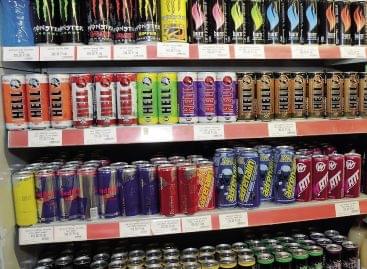Fish dead or alive
60 per cent of the carp distributed for retail around the end of the year is live. Part of this quantity is processed by the stores, while other fish are distributed in refrigerated form. Instant fish meals are also available from the beginning of December. In the opinion of Ferenc Lévai, co-chairman of the National Association of Fish Breeders, this season is not going to be a good one. So far, there is no sign of collective action by the suppliers of retail chains, and their individual market positions are weak. Producers have recognised the need for change. The three week season before Christmas accounts for 20 per cent of the annual sales of fish breeders on average. For Hortobágyi Halgazdaság, 30-35 per cent of annual revenues are generated by the Christmas season. According to Attila Sebestény, sales director, this period is an enormous challenge for all employees. Demand for live fish has been stagnating for years but the sales of processed, fresh fish products have been showing an annual increase of 15-20 per cent for years. In the Christmas season, two-thirds of their revenues come from sales of live fish. Easter had also been a season for fish in the past, but its significance is diminishing. .Hyper markets are the primary sales channel for fish in the Christmas season. Imported fish has become popular and this is not only true for fish from the sea, but also for freshwater fish. Ex-Soviet states are the biggest suppliers, but Argentine and American carp is also available. The market of refrigerated and quick frozen fish products is also substantial. According to Ferenc Lévai, traditional Hungarian cuisine continues to favour domestic carp, while sales of sea fish show dynamic increase in the HoReCa sector. An increasing assortment of predatory fish is available in stores. György Nemes, managing director of Eurofisch Kft. expects rapid growth in the sales of catfish, pike and pike-perch. Market players do not seem to agree on how fish consumption should be best promoted, though a radical change in Hungarian culinary culture is required in order to bring fish consumption up to the EU average. Attila Sebestény believes that live carp around Christmas acts as a bait for customers in retail trade and this has both positive and negative sides. Carp is often sold at unrealistically low prices, which sometimes results in customers getting inferior quality. Ferenc Lévai has told us that they are in the process of working out a more effective marketing communication strategy, while György Nemes is counting on help from the media in promoting fish and events where fish is served. Brand building has begun in the fish business as well. Hortobágyi Halgazdaság Zrt. registered its Hortobágyi Hal® brand name for fish reared in a natural environment in Hortobány National Park. four years ago. Since live fish and fresh fish on ice is not labelled, it is not easy for producers to pursue targeted marketing activities.
Related news
Related news
What makes us add the product to the cart – research
The latest joint research by PwC and Publicis Groupe Hungary…
Read more >Energy drinks are now legal: what every shopkeeper should know
New regulations on the sale of energy drinks came into…
Read more >The prices of household and hygiene products can also be tracked in the Price Watch
The online Price Monitoring System operated by the Hungarian Competition…
Read more >



